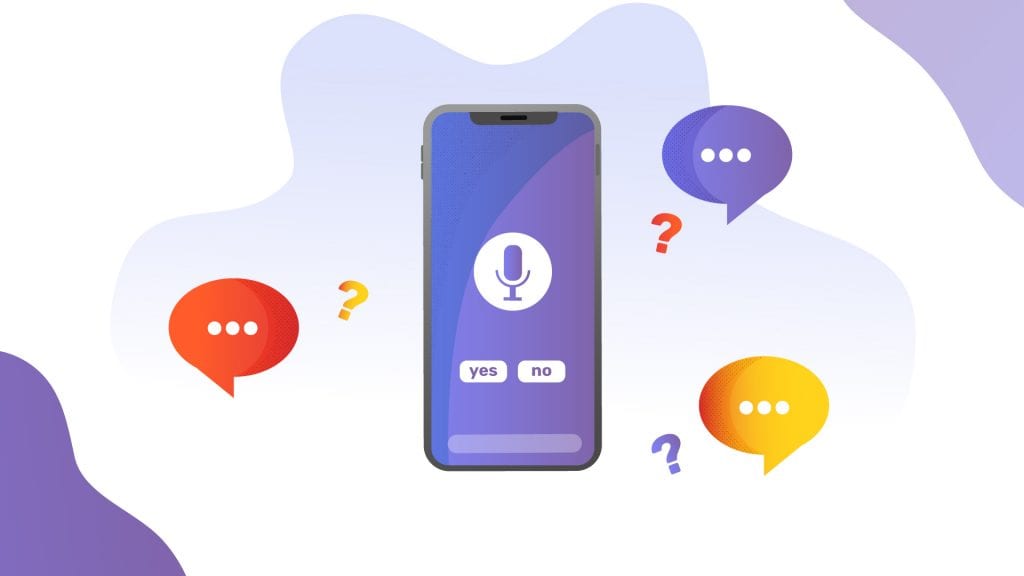Teaching Methods & Strategies to Enhance Learning for Students With Autism
Explore proven strategies for teaching students with autism. From visual supports to structured routines, learn techniques to help autistic students thrive.

This article is the first in a three-part series on teaching strategies for students with disabilities. Find the other entries below:
Part 2: Teaching Methods & Strategies for Students with Hearing Loss
Part 3: Teaching Methods & Strategies for Students with Dyslexia
“I used to think adults spoke a different language,” says Dr. Temple Grandin, an adult with autism who has written at length about her experiences. “I think in pictures. Words are like a second language to me.”
Teaching students with autism has its challenges and rewards. It also has its own strategies and techniques. Around 1 in 54 children is diagnosed with autism, and many can attend regular classes at regular schools. However, 35 percent of 19- to 23-year-olds with autism have not had a job or continued formal education after graduation. As a society, we can do better to help young people with autism become all they can.
Education plays a central role in the treatment and support of children with autism. Teachers and school administrators have a responsibility to provide a welcoming environment for young children with the condition. Let’s look at some teaching strategies that benefit autistic and related communication-handicapped children, starting with the basics.
What is Autism?
Autism, or autism spectrum disorder (ASD), is a non-medical condition. It affects the way a person experiences and interacts with their surroundings. ‘Spectrum’ means that every person with autism is different. Some people with autism need no daily support. Others need everyday support. Most require a level of support somewhere in between.
Nobody knows what causes autism, although it very definitely isn’t vaccinations. Being autistic starts at birth or very young and continues for the person’s whole life.
Autism is not a disease to be cured. It is a way of being. Teachers should value the uniquely autistic qualities of people with ASD, even if there are challenges surrounding autism.
How Do Students with ASD Experience the Classroom?
Every student has a different classroom experience. You should personalize your approach to each individual. However, teachers commonly note the following autistic traits in the classroom:
- Difficulty with communication: A student with ASD will benefit from clear and precise instructions.
- Strong visual skills: A majority of students with autism understand and learn more with an emphasis on visuals rather than words.
- Developing social skills: Some students will not feel rewarded by social interaction in an educational setting. Others may want to engage but find it difficult or overwhelming.
- Tendency to miss instructional cues: Students with ASD often struggle to get organized. They may have trouble predicting how long an activity will last or knowing when to start and stop.
A student may feel extreme discomfort when these challenges arise. This discomfort is emotionally taxing and makes it even more difficult to concentrate, learn, and interact.
Approaches to Teaching Students With ASD
The most powerful action you can perform for a student with autism is to care. Listen with your ears, mind, and feelings. But also prepare carefully to cater to students with autism in general and the particular students in your class.
Learn all you can about autism. Read the science, but also read the testimony. There are lots of books and videos about the autistic experience out there. But be careful not to generalize. Get to know your autistic students at the start of the school year. Have a conversation. Offer other ways for your student to share about themselves, such as by filling out an About Me sheet.
Setting the Tone
Working with autism may be new, even for some experienced teachers. So, imagine how the student’s unfamiliar behavior may attract attention from other children! Younger children are very curious and inclusive, but they also lack their own social skills. Older children are conditioned to be wary of the unfamiliar. They may be less kind and welcoming.
As a teacher, you are a role model for the student with autism and the rest of the class. Stay calm and upbeat. Make a special effort to involve your student in class activities, but be sensitive to pushing them beyond their comfort zone. Try to create opportunities for the class to develop social skills together and learn from each other as a community.
Visual Schedules
Students with autism often have a different understanding of time and cause and effect. This is complicated by the difficulty they face in understanding spoken instructions. Getting organized, or adhering to the teacher’s schedule, is not easy.
However, scheduling is valuable to people with autism. That’s because a sudden change in plan can be overwhelming. Teachers and administrators should help by creating visual schedules and sticking to them. A visual schedule may be color-coded. It may include clip art, comic strip illustrations, photographs, or even objects. It is not ‘one size fits all.’ Experiment to find a format that works for each student.
Visual Materials
According to pioneering visual strategist Linda Hodgdon, around 75 to 85% of students with autism are visual learners. These students respond better to demonstration than to wordy explanations. Video resources and well-illustrated textbooks keep lessons engaging.
The value of video as a learning tool has soared thanks to COVID-19 and the necessity of virtual learning. It is essential to make sure video tuition is accessible for students with ASD. Background noise and complex conversations can muddy a student’s understanding. They may prefer to watch with the sound off.
Make sure that your videos and Zoom calls have closed captions. This gives your students every chance of following what’s said. It will benefit these and other students in note-taking and comprehension. Your webcasts can become a powerful tool.
Structured Teaching
Structured Teaching is a designed method for educating autistic people. The method uses principles developed by experts at Division TEACCH (Training and Education of Autistic and related Communication-handicapped Children). You can apply it to your own teaching techniques for students with autism.
It is worth exploring the structured teaching method further to develop a sensitivity in your approach. The practice of structured teaching is founded on creating an appropriate physical environment for learning. It incorporates versions of some of the above techniques.
Prepare for the Unpredictable
Every student has their own strengths, challenges, and potential. When a student has autism, it takes a bit more work to tune in to their needs. Figuring out the tools and techniques that best suit the autistic learning experience will help you and your students to excel in the real and virtual classroom. Do you have everything you need to deliver a lesson to be remembered?















